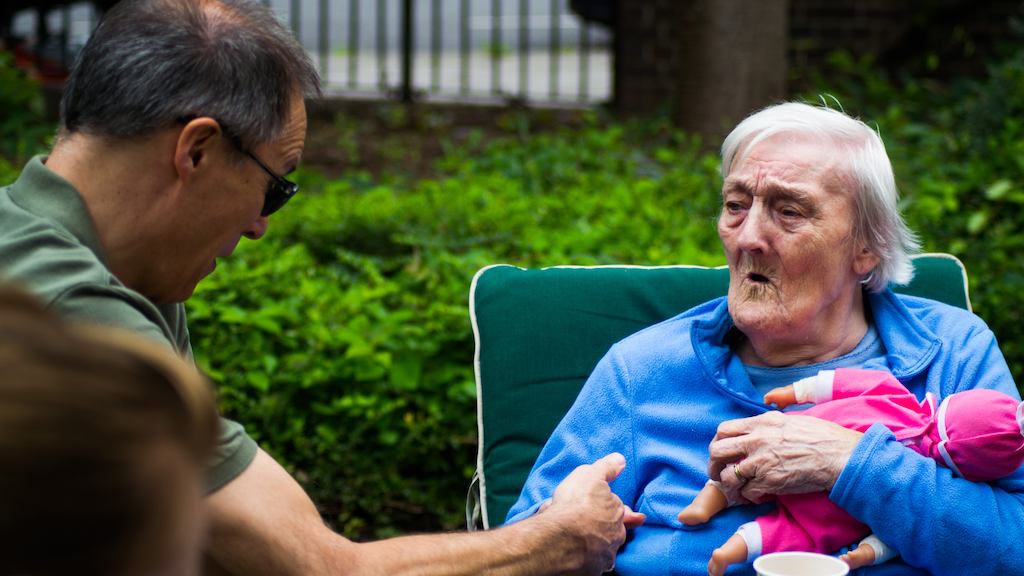The need for social care is of course growing. But the continuation of year-on-year funding cuts for local government and squeezed care budgets has resulted in significant rationing of state-funded social care. According to the IFS there has been a 17% reduction in local authority funding on adult social care between 2009/10 and 2015/16 (IFS 2017). This has partly been offset by NHS transfers and the Better Care Fund but projections suggest a future funding gap opening up of 2.3-2.6 billion by 2020.
To cope with cuts, needs based eligibility criteria have risen so that only the most critical care needs are met. And the consequence of this is that the number of people over 65 years receiving local authority funded social care between 2005/6 to 2013/14 has declined significantly. There has been a particular decline in community based services of 30% (compared to 4% and 6% for residential and nursing care respectively). Who is stepping in to fill this gap? Care and support previously provided by community based services are falling to families and unpaid carers or the voluntary sector.
According to Carers UK the number of carers has increased from 5.9 million in 2001 to 6.5 million in 2011 and is set to rise to 9 million by 2037, and the number of people caring round the clock, for 50 hours or more a week, is also rising rapidly. Cuts in other community based services such as day centres as well as other local services such as libraries also further reduce the community support available. It is these services which can enable someone to remain active and independent in their own home and prevent deterioration.
And the sector urgently needs stabilizing. While there has been a growth in the number of home care providers of 5% from 2010 onwards, both nursing and residential care home providers are exiting the market with declines of 4%. With higher levels of need among those admitted to care homes, and local authority fee levels so low, it is increasingly challenging for care homes to provide a decent quality of care.
A recent report from the Care Quality Commission shows that the health and social care system is at full stretch.
Consequently, there are more people with care needs remaining in their own homes placing an increasing reliance on the voluntary sector. In places where there is a strong network of community and voluntary organisations (like in Leeds, which has invested in neighbourhood networks over the past 20 years), communities have been more resilient to statutory cuts.



